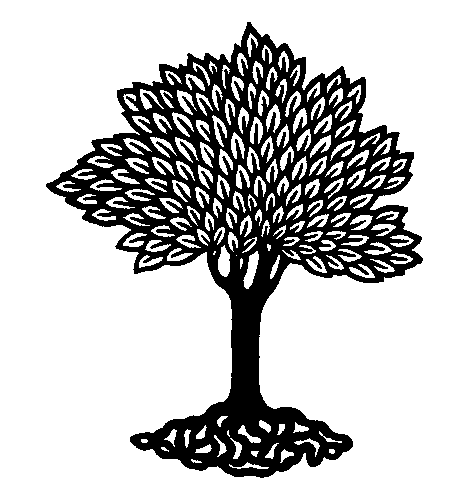How many stamens are present?
Are they distinct or connate?
Are the stamens free or epipetalous (adnate to the calyx)?
E. Gynoecium:
- How many carpels?
- How many styles?
- How many stigmas?
- What is your evidence for carpel number?
- Is the gynoecium unicarpellate, apocarpous, or syncarpous?
- What is the position of the ovary (superior/inferior)?
- Is the insertion hypogynous, epigynous or perigynous
- Approximately how many ovules are in each ovary?
F. Taxonomy:
- Write a floral formula for the flower
- Identify the family to which this plant belongs
- Write the scientific name for this plant
- List, in order, the steps in a dichotomous key, such as Gleason & Cronquist, that
identify the family to which this plant belongs.
II. Sunflowers: Plants in the sunflower family (Asteraceae) have rather
unique floral structures. The inflorescence, which is called a head (or capitulum), is
comprised of numerous individual flowers attached to a common receptacle and subtended by
a cluster of bracts called an involucre. The head may be comprised of a combination of
disk and/or ray flowers.
A. General:
- Looking down on the inflorescence, sketch the general appearance and distribution of the
disk and ray flowers. Label the disk and ray flowers.
- Now, with a razor blade, cut down through the center of the flower and sketch a long
section of the head. Label bracts (involucre), peduncle, disk flowers, ray flowers.
- Bracts (called chaff) are often found within the head attached to the receptacle. Is
chaff present? ________ If so, remove one and sketch.
B. Disk Flowers (if present): Remove a single disk flower and then sketch it. Label
ovary, pappus (calyx), corolla, style, stigmas, androecium.
- Is this flower complete or incomplete?
- If incomplete, which set of floral organs is missing?
- Is the flower perfect or imperfect?
- If imperfect, is it monoecious or dioecious (or other)?
- Is the flower regular (actinomorphic) or irregular (zygomorphic)?
- Describe the pappus
- How many petals are present?
- Are they distinct or connate?
- How many stamens are present?
- Are the anthers distinct or connate?
- Are the stamens free or epipetalous (adnate to the calyx)?
- The anthers in this family often have terminal or basal appendages. Do you observe
either? If so, describe them.
- How many carpels?
- How many styles?
- How many stigmas?
- What is your evidence for carpel number?
- Is the gynoecium unicarpellate, apocarpous, or syncarpous?
- What is the position of the ovary (superior/inferior)?
- Is the insertion hypogynous, epigynous or perigynous?
- Write a floral formula for this flower:
C. Ray Flower (if present): Remove a single ray flower. Then, sketch and label.
- Is this flower complete or incomplete?
- If incomplete, which set of floral organs is missing?
- Is the flower perfect or imperfect?
- If imperfect, is it monoecious or dioecious (or other)?
- Is the flower regular (actinomorphic) or irregular (zygomorphic)?
- Describe the pappus
- How many petals are present?
- Are they distinct or connate?
- How many stamens are present?
- Are the anthers distinct or connate?
- Are the stamens free or epipetalous (adnate to the calyx)?
- The anthers in this family often have terminal or basal appendages. Do you observe
either? If so, describe them.
- How many carpels?
- How many styles?
- How many stigmas?
- What is your evidence for carpel number?
- Is the gynoecium unicarpellate, apocarpous, or syncarpous?
- What is the position of the ovary (superior/inferior)?
- Is the insertion hypogynous, epigynous or perigynous?
- Write a floral formula for this flower:

